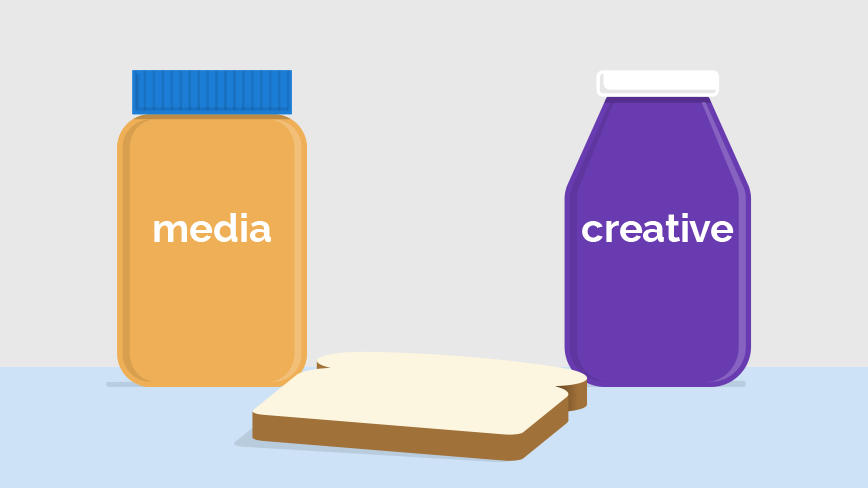Utilizing data to reach marketing goals is nothing new for marketers. Traditionally, the brightest creatives based their strategy on pages and pages of research. In the digital age, focus has been on programmatic and the use of audience-targeting technologies to ensure impressions are in front of the right people at the right time. While this conversion-centric shift has undoubtedly delivered results, it has left one important element starved for attention — the creative.
The need to merge creative with programmatic operations is key in driving customer engagement to its full potential. The same insights used to determine where a message will be seen should be included in the creative development to harness relevancy and promote customer engagement. With all this data available, why has it been so difficult to marry a programmatic approach with creative efforts?
A push towards a merged media-creative team is becoming increasingly apparent in the industry, according to Anush Prabhu, chief channel planning and investment officer at Deutsch NY, stating that creatives need to be in the room to determine “what the [creative] idea can bring to the table and what the media platform and data can bring to the creative idea itself. To me, that is where the innovation needs to happen.”
While most creative teams have been quick to adopt new technologies, they’ve been slow to embrace an approach to personalizing customer experiences. But what they may fail to see is that bringing programmatic and creative teams together throughout a campaign’s lifecycle can bring about a whole new level of relevancy and personalization.
For example, we’re all witnesses to the current structure of digital advertising. When you search out a specific product of your choosing, you begin seeing the exact same ad following you around the Internet or even after you purchase that product. As mentioned the other week by our CXO, "each touchpoint should be iterative in its understanding of you, so that after you purchase a certain brand of a car, the very next day, you won’t receive advertising in reference to purchasing that brand of car." By pairing the same insights that drive media buying, brands can begin to change specific product ads to reflect the target’s browsing trends.
Paul Mead, founder and managing director of the media arm of creative giant VCCP, stated, “There is a point on the scale between brand building and direct response at which relevance beats creativity. Above this point, great creative work is required to change perceptions and create demand. Below this point, the richness of data we have on that individual makes personalization the biggest driver of response. It’s impossible to separate the point at which creative agencies should no longer care and media agencies should take over.”
The market is already exploring this. Last year, The Tate, a London Art Gallery, ran a dynamic digital out-of-home campaign that showed art from the gallery’s archive triggered by Liverposter’s “relevance engine.” The poster pulled artwork based on data including time of day, the weather, phase of the moon and flight arrival times. The two-week campaign produced nearly 14,400 executions.
There is still a long way to go. There’s an “unspoken apathy” amongst creative agencies to fully integrate programmatic due largely in part to their current business model.
Combining programmatic with the creative process will take a dynamic approach from all parties. “You do not need your creative director* to make assets for programmatic creative, but you do need your creative director for oversight and leadership.” By working closely together to generate creative based on data collected, marketers will begin to unlock the full power of programmatic.

